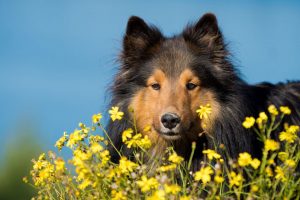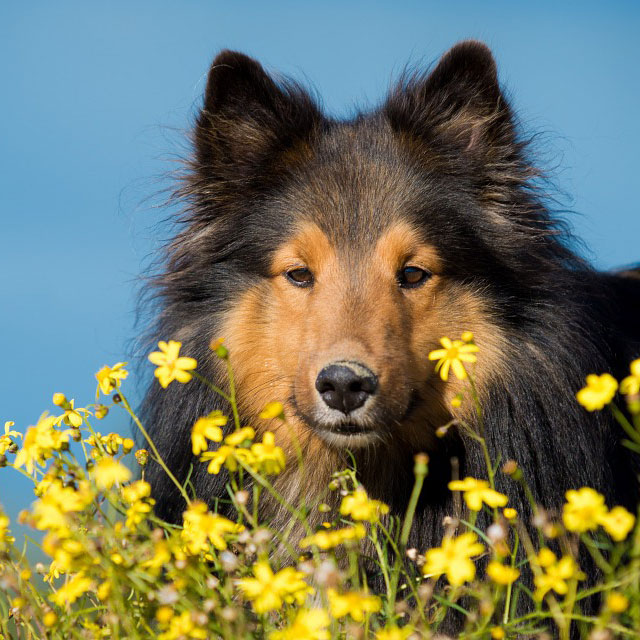 Ahhhhh, spring is upon us and it’s time to head into the garden and plant bulbs and tidy up. Your furry friend will probably also be heading into the garden, so it’s worth bearing in mind that some plants and other garden items can be toxic to them and keeping them out of the way.
Ahhhhh, spring is upon us and it’s time to head into the garden and plant bulbs and tidy up. Your furry friend will probably also be heading into the garden, so it’s worth bearing in mind that some plants and other garden items can be toxic to them and keeping them out of the way.
Some of the usual spring flowers, which you may not expect to be the culprits, are actually poisonous to dogs. These include Daffodils, Narcissus, Hyacinths and Tulips. In these cases it’s the bulb that’s the problem and if your dog likes to dig them up and have a good chew on them, then it’s something you need to watch out for. If your dog does eat one of these bulbs the symptoms include nausea, vomiting and diarrhoea, although it can be more serious than that, such as increased heart and respiratory rate and, even more rarely, cardiac arrhythmia.
Added to the issues associated with the bulbs themselves, dogs are more likely to dig up those planted in organic fertilisers. You may think this would be safer for your dog, but, in actual fact, these types of fertilisers can be more harmful to your pet. This isn’t necessarily because they contain anything more harmful than other fertilisers, it’s because these types of fertilisers are often made with a delicious concoction of blood, bone or feather meal, which, being so tasty for a dog, will encourage them to eat more of it and more of those bulbs that are planted there. If your dog does eat a large quantity of fertiliser it can obstruct their stomach and cause vomiting, diarrhoea and pancreatitis.
Other springtime plants that are hazardous to your dog are (the ones in bold are potentially fatal, so should be avoided at all cost):
- Apples (pips)
- Apricots (kernel)
- Azalea
- Bluebells
- Buttercups
- Cyclamen (root)
- Daffodils/narcissus (blubs)
- Elderberry
- Foxglove (leaves and seeds)
- Hyacinth (bulbs)
- Ivy (whole plant)
- Lupin (leaves, seeds)
- Onion (causes anaemia)
- Peach (stones and leaves)
- Rhododendron
- Rhubarb (leaves)
- Sweetpea (stem)
- Tulips
- Wild cherry tree (twigs and foliage)
- Yew (berries and foliage)
What To Do If You Think Your Dog Has Been Poisoned
The trick here is to act fast. Contact your vet immediately, as soon as your dog shows any signs of being ill.
Make a note of what plants are in your garden and write down what you think they may have eaten, and how much. Also write down a list of any symptoms that have occurred.
If you’ve seen your dog eat something they shouldn’t then don’t wait for the symptoms to appear. Contact your vet straight away and tell them what they’ve eaten.

